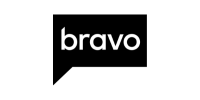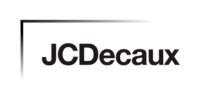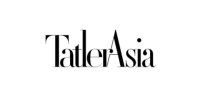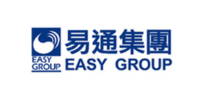Online display advertising uses 3 methods that work with algorithms or programs to help with targeting and retargeting advertisements.
Display Ad Network: These are websites that group unsold advertising spaces based similar target audiences, and then sell these advertising spaces to advertisers altogether. These networks can help you package buy multiple online display advertising spaces which could all reach your target audience. Prominent display ad network includes Google Display Network.
Ad Exchange: Ad exchange is another type of website that facilitates buying and selling of online display ad spaces. Advertising spaces are bought in the form of ad inventory where advertisers go through Real Time Bidding (RTB), a type of auction online, to determine the price of the advertisement spaces. This allows you to buy advertisement spaces quickly from different display ad networks.
Programmatic Buying: By using programs and algorithms, AI can calculate the most cost-effective advertising spaces for you, essentially eliminating the need for humans to make decisions on the best online display advertising space. Due to the high speed of computer calculation, it allows programmatic buying to get ahead in time and purchase in larger amounts of ad spaces.
Online Display Advertising Cost and Format
As it is online advertising, the cost of display advertising is estimated by cost per mil (CPM), the cost for every 1,000 impressions. The price for newspaper online displays can range from HKD 150 per CPM to HKD 20,000 per week, factoring in the display ad placement and the website itself. The average CTR for various types of display advertising and placements is around 0.06%, something to consider to enhance brand awareness and brand recall.
Types of Display Advertisements
- Banner Ads: Image advertisements in various sizes, either square or rectangular, that could appear at the top, beside, or at the bottom of the website that displays the advertisements.
- Lightbox Ads: Lightbox advertisements appear like banner ads, appearing on the side of the websites. When the user hovers the mouse on top of the advertisement, the lightbox ad will expand, dim the background, and take up the entire screen, leading the readers’ focus towards the advertisement.
- Pop-up Ads: A more interruptive format of online display advertising as it appears as another window that covers the contents of the original website; the pop-up ads usually appear as soon as the website loads.
- Native Ads: Native ads detect and imitate the style of the website, merging with the contents of the website. The ad display automatically adjusts itself to make it look natural.
- Rich Media Ads: Advertisements that could be a series of images or video which prompts user interaction. When users interact with rich media advertisements, there could be a few actions which could draw users in and engage them.
- Interstitial Ads: It can act as a transition between sections of a passage or at the beginning of the passage. Unlike pop-ups, interstitial ad displays do not appear as separate windows and do not cover any content, so they are less intrusive.
>>>Learn more about the types of advertising and their formats
Why Use Online Display Advertising?
- Re-exposure increases the purchase probability. Since display advertising targets users with their behaviours and advertisements they receive are based on websites or products they have recently browsed, they would be reminded of the products they were interested in, even after the windows have been closed. This way, potential customers are always reminded of the products they are interested in and there is a higher probability for them to purchase them.
- Online display advertising is hard to ignore. With numerous types of display advertising, some expansive, some interactive, and some even interruptive, The users’ gaze would ultimately be directed to the display advertisements. Even if the CTR is not high, brand awareness for your business could still be improved once they have seen the advertisement.
 Cookie preferences
Cookie preferences














